Why this part of Mexico is making a comeback
Long before Cabo, Cancun or even Acapulco were the darlings of Mexico travel, the border towns of northern Baja California were the hot spots.
Between the two world wars, Hollywood stars, mobsters and millionaires flocked to Tijuana and Mexicali for horseracing, jai alai and bullfights; quickie marriages and divorces; gambling and opium dens; and the booze that was illegal in the States during Prohibition.
Silent film idol Rudolph Valentino married his Russian sweetheart in Mexicali in a ceremony officiated by the mayor. Rita Hayworth was “discovered” as a teenage dancer in a Tijuana floorshow. And Al Capone had a castle-like hideaway at Rosarito Beach.
The advent of cheap, modern air travel shifted the focus away from the border towns and much deeper into Mexico. But northern Baja California — the state that sprawls across the northern part of the peninsula — is making a comeback. This is thanks in part to Ensenada’s emergence as a major cruise port, the evolution of the Guadalupe Valley into a wine and dine destination, and the maquiladora factory-fueled renaissance of Tijuana and Mexicali.
It’s possible to visit all four of these places individually or on a road trip that starts at the busy San Ysidro-Tijuana border crossing south of San Diego before cruising the coastal toll road to Ensenada, veering inland to the Guadalupe Valley and finally Mexicali in the Baja desert before crossing the border back into the US.
Like some parts of Mexico, Tijuana has been plagued by cartel-related violence that rarely occurs in the main tourism areas. That type of violence is far rarer in Ensenada, Mexicali and the wine country.
Modern, multilane highways connect all three cities, although those driving themselves should know that Mexican liability insurance is mandatory.
Visitors who feel uncomfortable self-driving Baja can cross the San Ysidro border on foot and link up directly on the other side with a professional driver arranged through companies such as Tijuana-based Sibaria Tours.
Here’s why northern Baja could be a great addition to your Mexico travel bucket list:
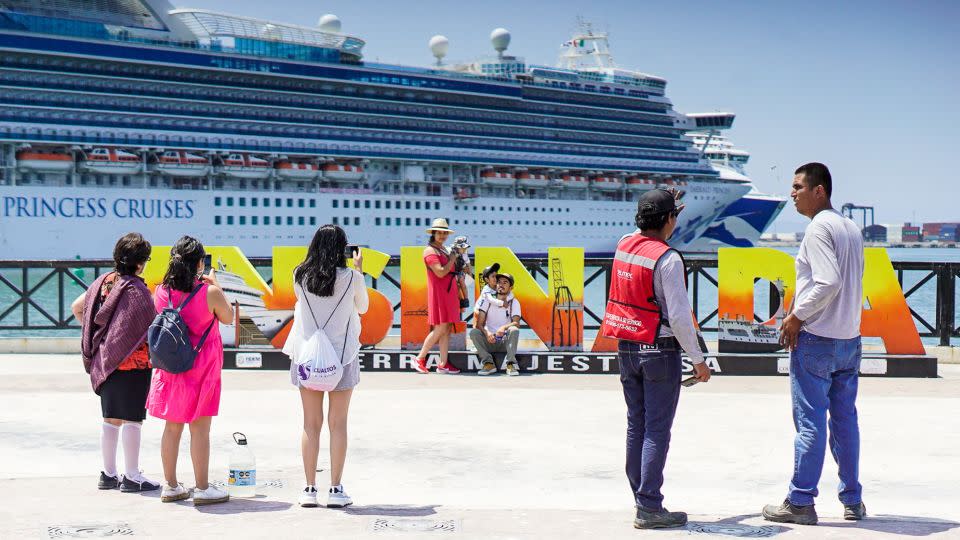
Top wine and dining spots in the Guadalupe Valley
With more than 100 wineries and an entourage of hip hotels and top-notch eateries — and the fact that it’s only an hour-and-a-quarter drive from the San Ysidro border crossing — the Valle de Guadalupe near Ensenada is already a major wine tourism destination.
With its Spanish mission vibe and vineyard horseback rides, Adobe Guadalupe harkens back to the early 1800s when padre Felix Caballero planted the valley’s first grapes to make altar wine. The Gabriel — a Merlot, Malbec, Cabernet Sauvignon blend — is a standout among a series of Adobe Guadalupe wines named for archangels.
Set at the foot of mountains on the edge of the valley, Viña de Frannes complements its excellent Legat Cabernet Franc and Legat Chardonnay with a cactus garden and dreamy desert views.
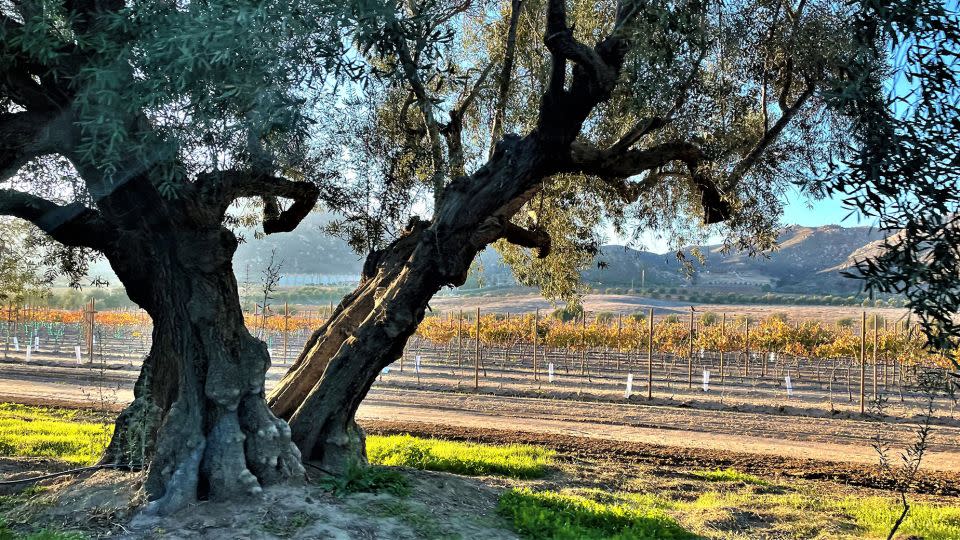
Several valley eateries have earned international repute. Lunch in the open-air dining room at Fauna restaurant on the Bruma winery estate features modern Mexican dishes such as quinoa with cactus, pork chochoyotes and broccoli chiltepin.
Named one of the 50 best restaurants in Latin America last year, Deckmans en el Mogor serves top-notch steaks, seafood and Baja-style omakase in a hip ranch-style setting at the end of a dirt road.
Varied terrain ripe for adventure
Ocean, mountains and desert. Northern Baja boasts ideal terrain for outdoor adventure activities.
Local outfitters such as Adixiontour expedite sandboarding in the Cuervitos Dunes east of Mexicali, sea kayaking off the Ensenada coast or the Rio Hardy in the Baja desert, and the five-day Baja Coast to Coast Traverse hike from the Pacific Ocean to the Sea of Cortez.
Adrenalin junkies can also get their kicks via 4x4 dune bashing, swimming with whale sharks in the Bahía de los Ángeles or backpacking wilderness trails in pine-studded Constitución de 1857 or Sierra de San Pedro Mártir national parks in the Baja mountains.
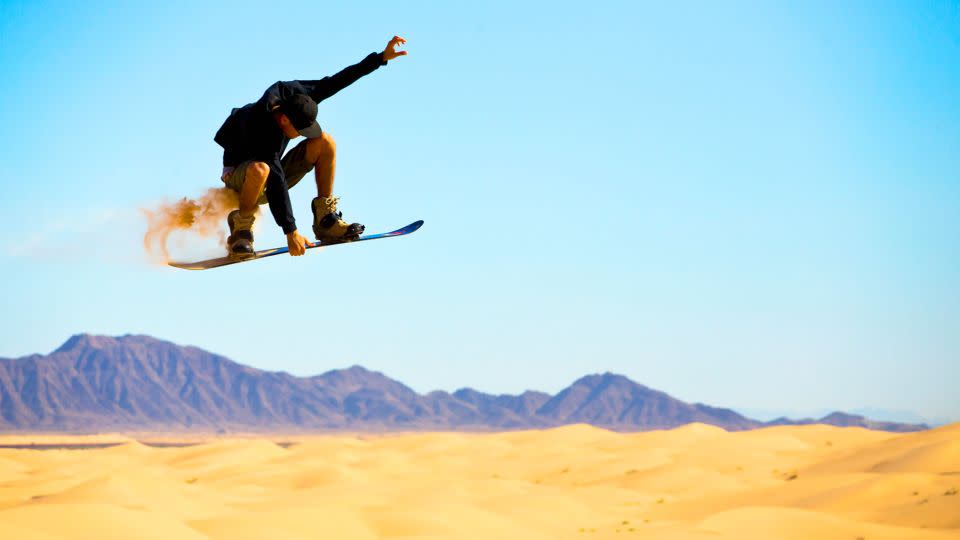
Northern Baja also offers some of North America’s most challenging rock climbing, especially El Gran Trono Blanco (The Great White Throne) near La Rumorosa. Renowned climbers Alex Honnold and Will Stanhope are among those who have scaled the 1,200-foot vertical wall.
Cocktail history
Several iconic cocktails have origin stories tied to northern Baja.
Bar Andaluz at the old La Playa Hotel & Casino in Ensenada claims one of their bartenders invented the margarita in 1948 and that it was named after resort owner Marjorie “Margarita” King.
The resort is long gone, but Bar Andaluz endures as part of the Riviera Cultural Center. Meanwhile, the city’s Hussong’s Cantina has its own margarita origin story.
The clamato cocktail (vodka, tomato juice, clam juice, Tabasco sauce and Worcestershire sauce) was first mixed in 1966 at the Acueducto Piano Bar in the Hotel Lucerna Mexicali, the hotel says.
Add beer to the clam juice, and you’ve got a Chavela cocktail, a refreshing drink invented and still served at Bar la Conga in the border city’s historic center.
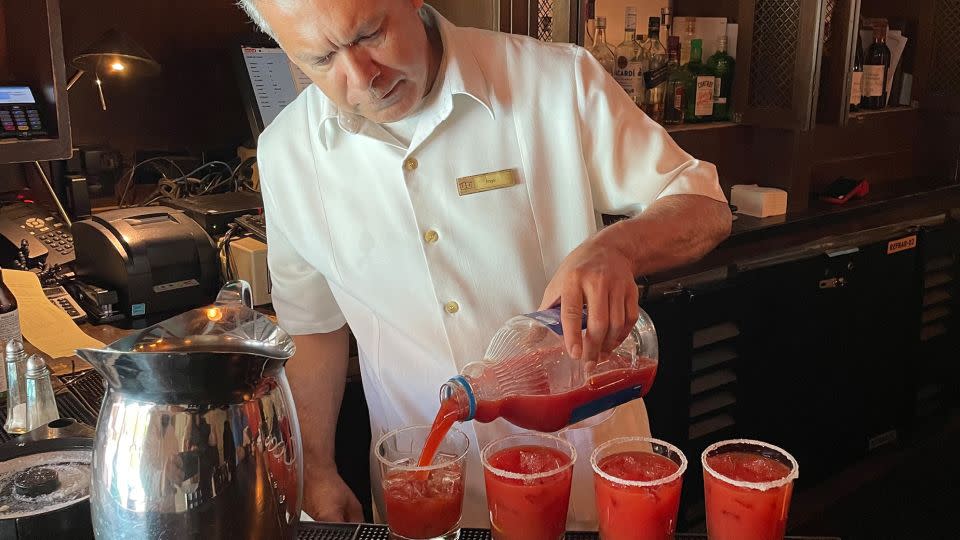
Designer digs
Romantic, hacienda-style hotels might have been the cool accommodation once upon a time, but nowadays, it’s stylish designer digs, especially in northern Baja’s Guadalupe Valley wine country.
Encuentro Guadalupe features 20 futuristic wood, steel and glass cabins perched on stilts on a steep, boulder-strewn mountainside overlooking the valley. The minimalist décor contrasts with a stylish pool-and-restaurant terrace.
Down in the valley bottom, the Hotel Contemplación offers roomy modern villas with panoramic windows and outdoor firepits or seating areas, plus an excellent restaurant and a swimming pool with incredible sunset views.
Not to be outdone, the adult-only K Tower urban boutique hotel 65 miles (105 kilometers) to the north in Tijuana sports a rooftop cocktail bar and swimming pool, billiards lounge and stylish lofts that channel the golden age of Mexican and American cinema.
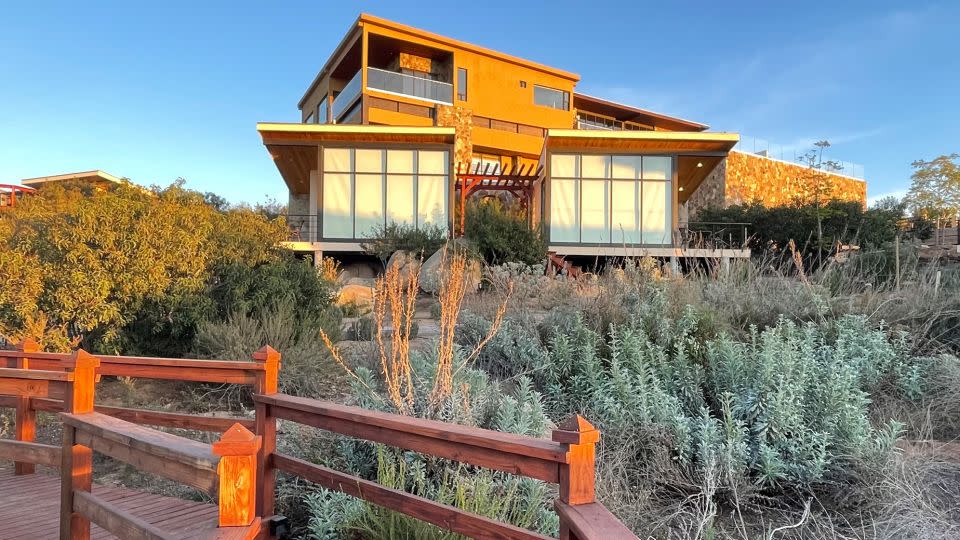
In Mexicali, about 115 miles due east of Tijuana, there’s a brand-new Fairfield Inn, not the old-fashioned motel type but a new high-rise boutique version with a cool indoor lap pool.
An exploding craft beer scene in Mexicali
Blame it on the dry, hot desert weather, but Mexicali is said to rank among the world’s top per capita beer drinking cities alongside the likes of Prague and Dublin.
Mexicali and Tecate beers have been around since the 1920s and 1940s. But nowadays the cutting edge of Baja beer is craft suds such as Cervecería Icono, which has moved into a historic factory building where Mexicali Beer was once brewed.
One of the best places to sample a selection of local craft beer is Cine Curto, a 1940s cinema recently transformed into a trendy food and beverage complex in Mexicali. Live tunes on weekend afternoons and evenings are the perfect companion to beer from Hornet, Nu Cali, Desertor and others.
Dark beer aficionados should check out Sally, Sofia, Rita and Panocha, a series of swarthy Mexican pale ales produced by the Amante Brew Company in Mexicali’s Nueva neighborhood.
Mexicali’s above and below ground Chinatown
Chinese laborers were recruited in the early 1900s to dig irrigation canals and work the cotton fields of northern Baja. Many of them later opened shops and restaurants in Mexicali, literally burrowing beneath the surface to escape the intense desert heart.
The underground Chinatown boomed during US Prohibition, as Americans flocked across the border for the booze, gambling and other vices they couldn’t get enough of back home.
A century later, Mexicali boasts more than 350 Chinese restaurants, and La Chinesca (Chinatown) is the city’s most intriguing tourist attraction. A two-hour guided tour (Spanish language only) takes visitors through restored subterranean rooms including a vintage casino and Buddhist temple.
Down the street, the new Wok Museum offers an interactive history of Chinese food, cooks and restaurants in the Baja burg.
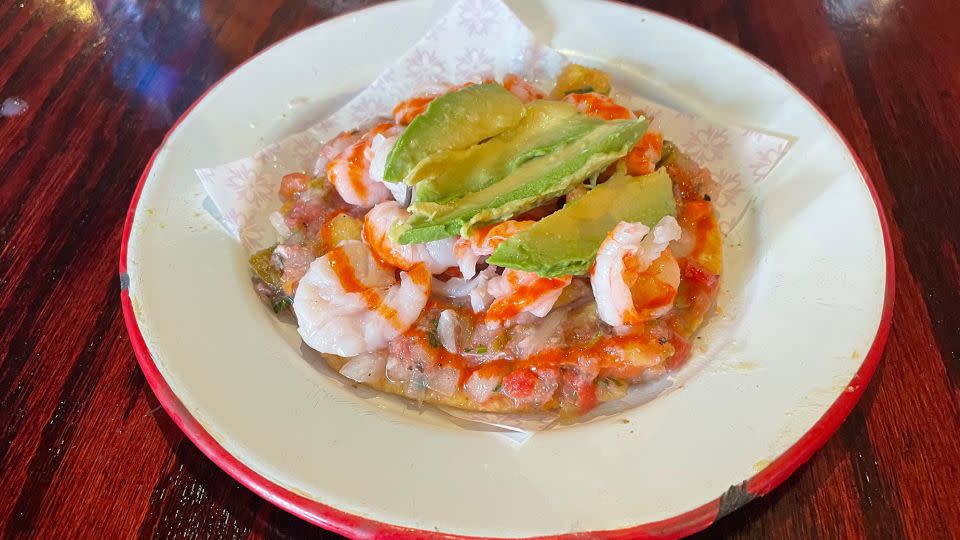
Out-of-this-world Mexican cuisine
The humble tostada rises to lofty heights at La Guerrerense in Ensenada. For nearly half a century, owner/chef Sabina Bandera has been topping her tortillas with amazing seafood combos such as sea urchin and clams, fish paté with scallops, sea snail ceviche and crab salad with shrimp, octopus and scallops.
Telefónica Gastro Park and its array of food trucks in Tijuana is a great place to sample modern Mexican dishes such as the Mexican-style hotdogs at Humo or lamb and rabbit tacos at Satabu.
Crank back the clock at Caesar’s in downtown Tijuana, where the eponymous salad was created in 1924 by restauranteur Caesar Cardini by literally tossing together random items from the kitchen to satisfy a rush of American customers on the Fourth of July.
In Mexicali, the dining scene is headlined by upscale Chinese restaurants such as Imperial Garden Madero and contemporary Mexican cuisine at the new Corazón Artesano.
On the outskirts of Mexicali, heading into the Baja desert, old-time outposts such as La Casita del Árbol and Mi Ranchito serve huevos rancheros, machacas, chilaquiles and other early morning favorites.
And a little desert roadside stall called Ruta del Dátil makes a mean date shake, a tasty cool-down after sandboarding the dunes.
For more CNN news and newsletters create an account at CNN.com

